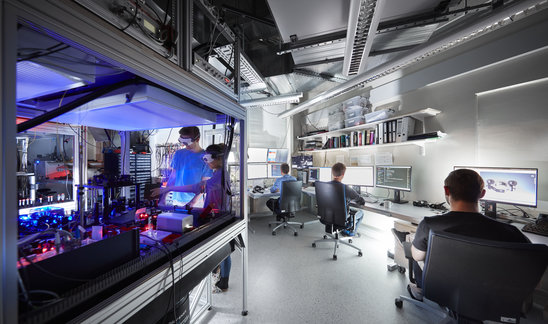
Quantum Simulation and Quantum Computing with Neutral Atoms
Immanuel Bloch and his group focus on quantum simulation and quantum computing using ultracold atoms and molecules as well as quantum optical experiments with these systems. With the help of laser beams, artificial crystals of light can be generated, in which ultracold atoms or molecules can be captured in a matrix of microscopic light traps. In this way, artificial model systems for real solids can be generated that can be controlled and probed in fundamentally new ways. For example, this makes it possible to precisely adjust the crystal structure or the interactions between the atoms and observe them with single site resolution and single atom sensitivity. It is also possible to open up entirely new parameter ranges to study the behaviour of matter under most extreme conditions.
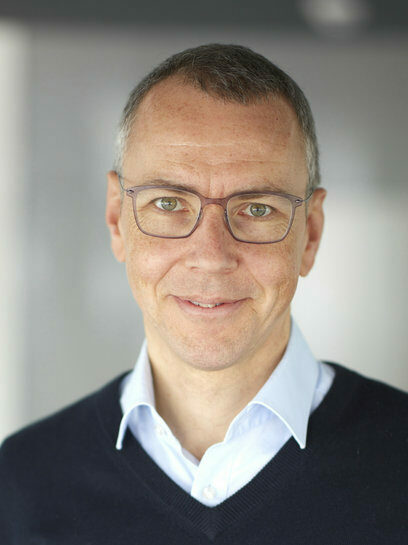
Prof. Immanuel Bloch
MPI of Quantum Optics, Garching
Scientific Director,
and Ludwig Maximilians University, Munich
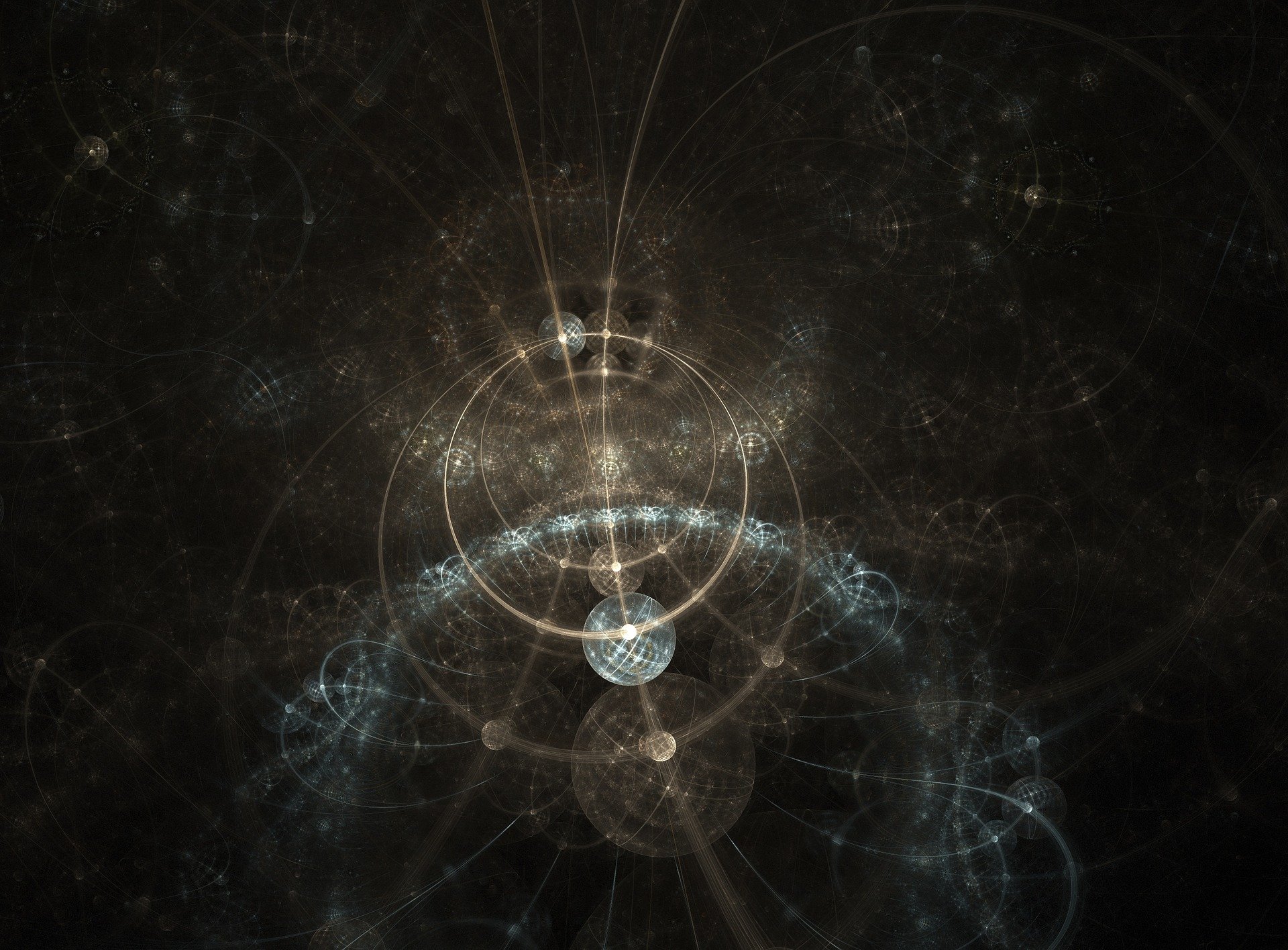
Quantum Information Theory
The main research focus of Ignacio Cirac and the members of his department is Quantum Information Theory. On the one hand, they investigate new platforms to build quantum computers, quantum communication systems and quantum devices in general. On the other hand, they develop algorithms to solve specific problems with such computers in a more efficient way than with classical ones. They also study protocols that leverage quantum features in different applications. In addition, they are actively involved in the development of a new theory of information based on quantum physics. Finally, they apply concepts from this theory to establish new techniques in order to describe and compute the properties of many-body quantum systems (see our research page for a list of topics).
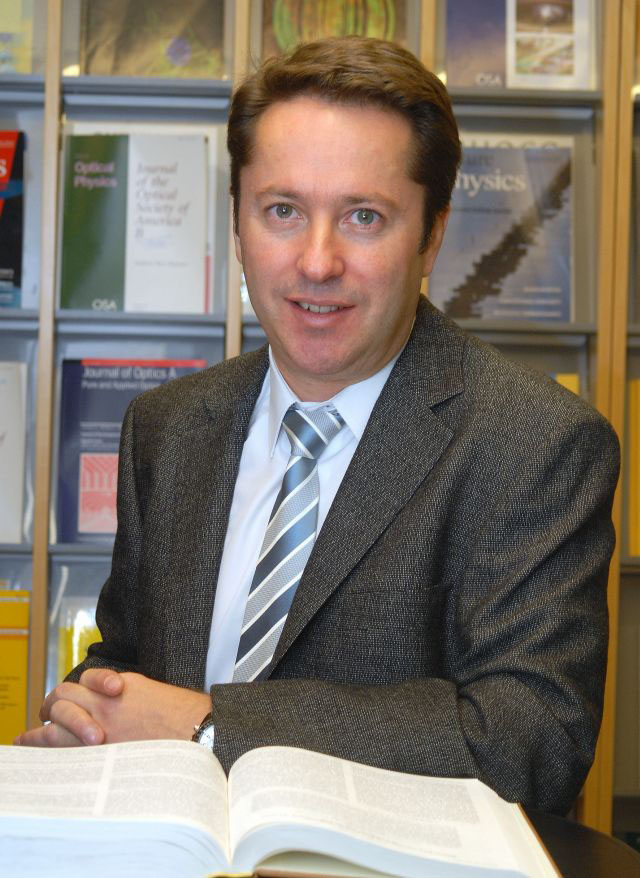
Prof. Ignacio Cirac
MPI of Quantum Optics, Garching
Scientific Director
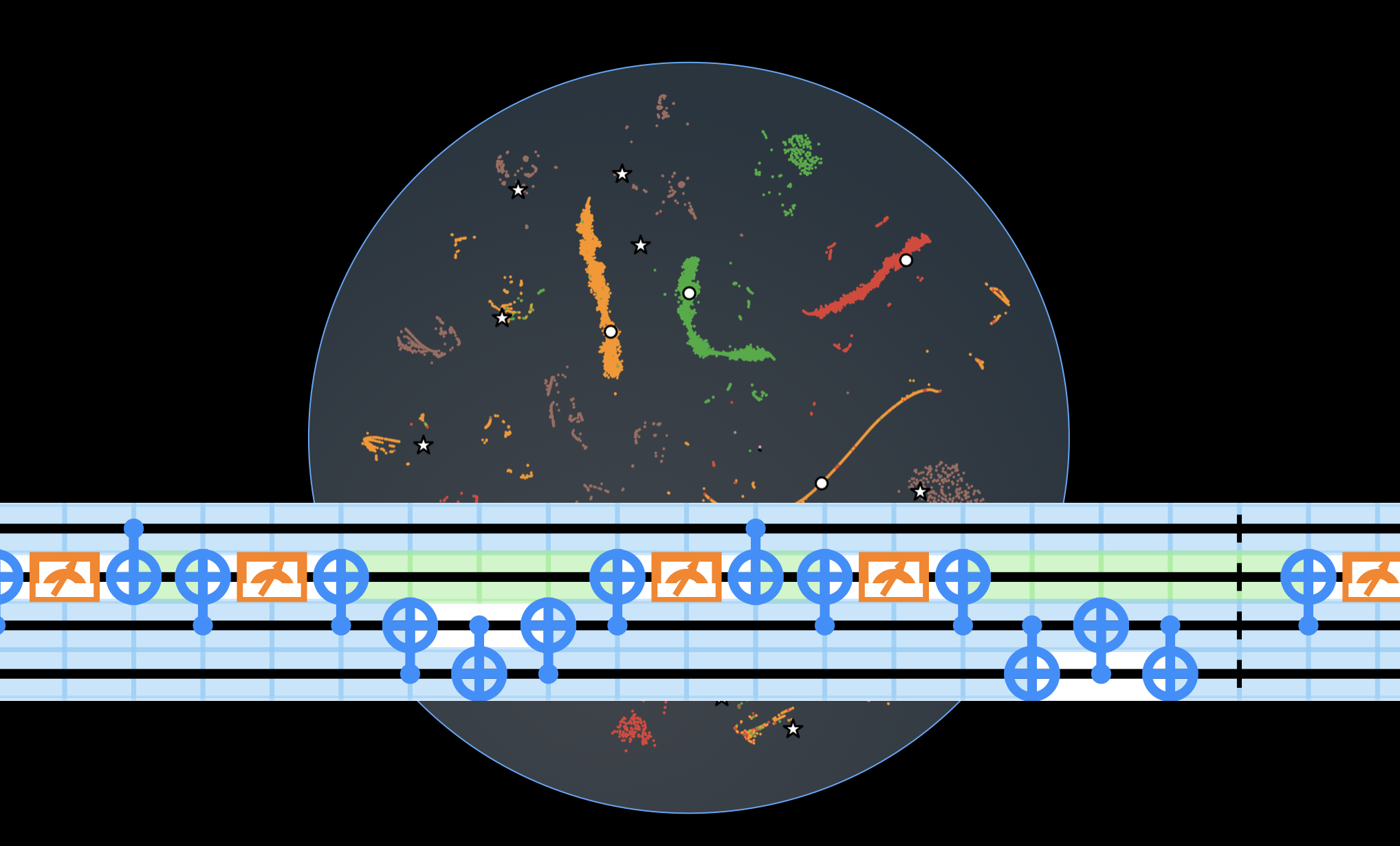
Theory of Quantum Light-Matter Interfaces and Machine Learning for Quantum Devices
Florian Marquardt leads the theory division at the Max Planck Institute for the Science of Light. His group pursues novel concepts for exploiting light-matter interactions at the quantum level to design interfaces that couple different quantum systems, especially in the domains of nanophysics and quantum optics. One prominent focus have been optomechanical systems, involving light and motion. On a methodical level, the group explores the use of new machine-learning-based approaches to the control, design, optimization and study of quantum devices, such as those used for quantum information processing and quantum simulation.
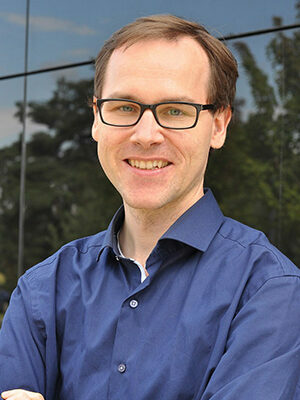
Prof. Florian Marquardt
MPI for the Science of Light, Erlangen
Scientific Director
Atomic Quantum Matter
The Atomic Quantum Matter group led by Philipp Preiss explores concepts at the interface between quantum information science and many-body physics. With ultracold atoms under a microscope, they create tunable quantum systems that can be probed at the level of individual particles. This approach opens new windows into the world of many-body physics: Strongly interacting systems can be probed with the precision and flexibility of correlation probes known from quantum optics. The group’s goal is to use these probes to understand out-of-equilibrium dynamics and symmetries of fermionic quantum matter. To this end, the group is developing new methods to rapidly prepare programmable lattice systems by combining optical tweezer and lattice technologies.
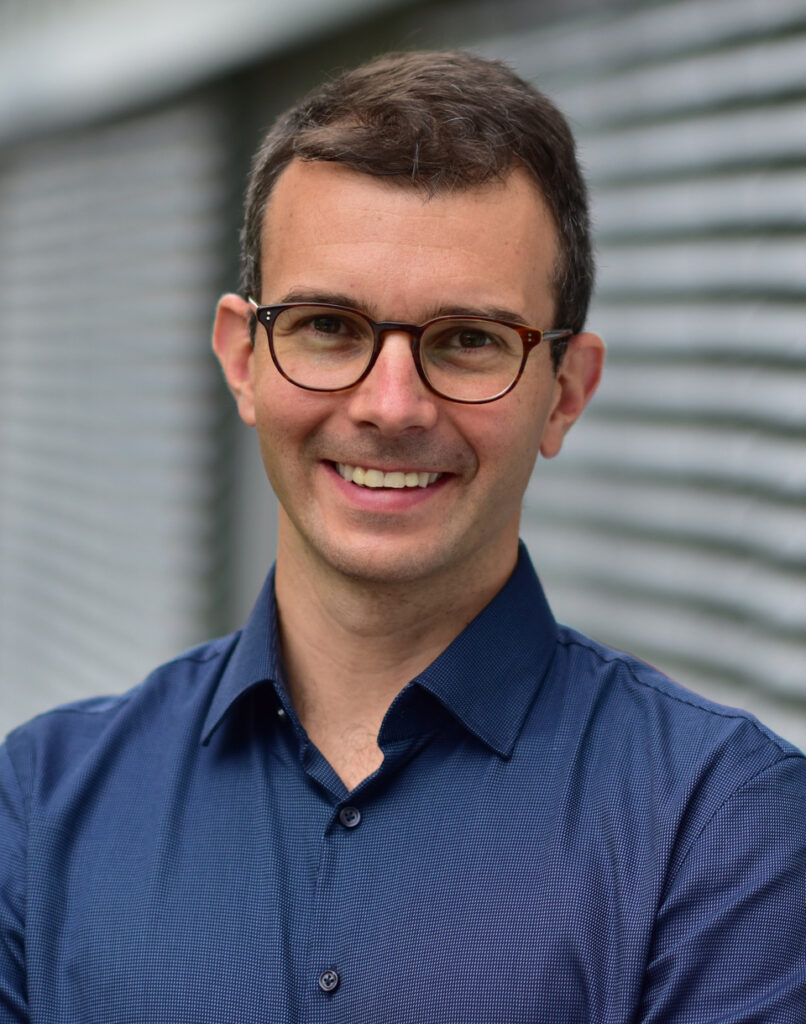
Dr. Philipp Preiss
MPQ Garching,
Group Leader
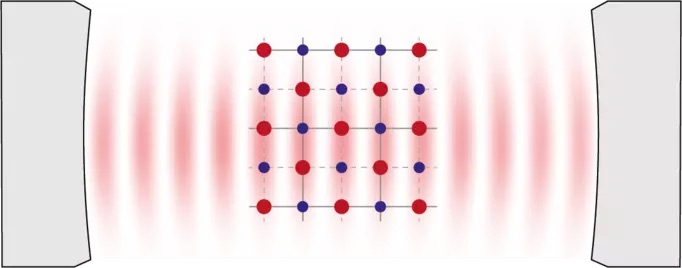
Quantum Matter Interfaces
The independent research group Quantum Matter Interfaces aims to study the connection of assembled arrays of laser-cooled atoms to novel interfaces with optical photons. Therefore, we combine atomic Rydberg arrays in optical tweezers with optical resonators. Next to the realization of measurement-based controlled feedback on quantum systems – the basis of quantum error correction – our aim is also to study novel interactions and the generation of entanglement in quantum many-body systems.
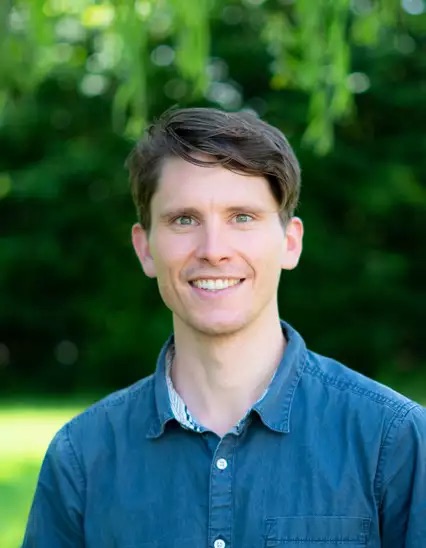
Dr. Johannes Zeiher
MPQ Garching,
Group Leader